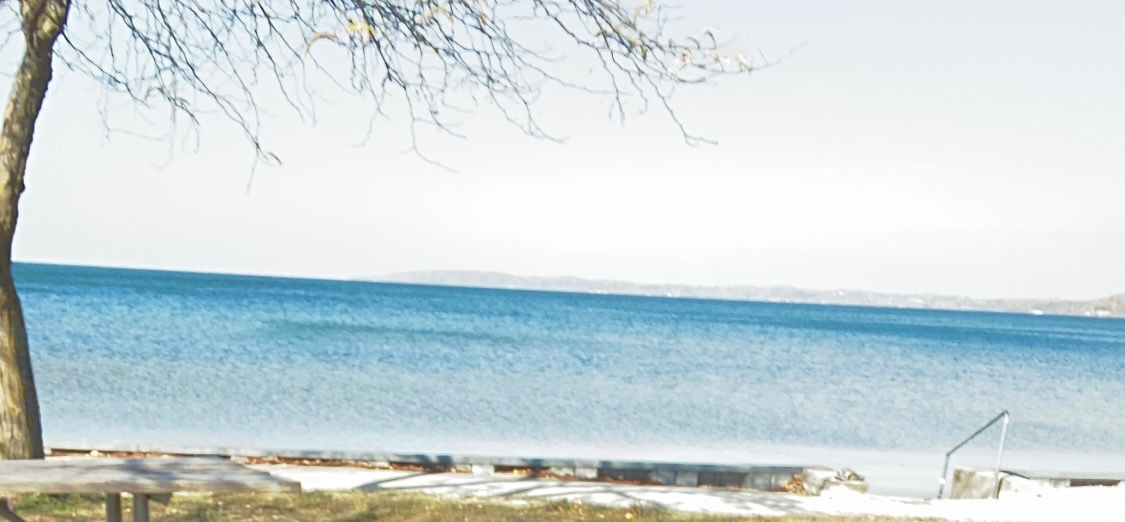A Time to Reflect
- michigansaunas
- Nov 21, 2021
- 3 min read
Löyly, when simply speaking is the steam that happens when water is poured onto the hot sauna rocks. As it has been explained to me more deeply, it is the spirit of the rocks released when the water is poured on them. In North America the Native American word Manitou, from my understanding, has a similar meaning.
A sauna without Löyly is not something I have ever experienced while in Finland. Sometimes people appreciate a lot and sometimes very little, but it is always an underlying component of the whole experience. When water is poured slowly over the hot sauna rocks, the Löyly is considered to be soft; but if it is poured quickly, it becomes sharper. The soft Löyly is the most preferred by users as it seems to waft over the body and envelopes those in the hot room. The type of heating element will also affect the ‘quality’ of Löyly.
The traditional Savusauna is considered to have the best quality Löyly. These type of saunas take about 7-8 hours to prepare for usage. During this time, many hundreds if not thousands of pounds of rocks are heated by a fire that is vented through the hot room and left to die out prior to usage. What remains is the massive amounts of heated stones with stored heat and a room with hot and soot covered walls and benches. Prior to entering, the walls and benches are wiped down with water to remove excess debris and some water is poured over the rocks to help the dust settle. At this point, the rocks are the remaining heat source and the water is the mechanism by which that heat/energy gets transferred to the body. As a result, the Löyly is a more consistent intensity. In the days before electricity and the availability of buildings with stoves and chimneys this was the only way a sauna was prepared in Finland.
As was already presented, other cultures such as the Native Americans also use heated rocks for their thermal culture practices. And to the best of my knowledge thus far, all of them have a steam component except for the newly emerging infrared rooms that have piggy backed sauna into their name and are sauna in name only in my humble opinion. Actually, in Germany the infrared rooms are not allowed to be called saunas by law.
The other component of the steam that creates that sort of spirit is not just the transfer of heat energy but also the auditory component. There is the soft sound that comes off the rocks when the water is poured slowly and the sound is more piercing when poured fast. These sounds transcend generations and is something consistent that my ancestors listened to before me.
Another aspect of the Löyly is the scent. Löylytuoksu are scents that are added to the water and can help with relaxation and can help to mimic the smells of nature. Some people like eucalyptus or Koivu (birch) and then there are smells that resemble the smell of the Savusauna or Tervä (birch tar). There are numerous other additives but these are some of the most common. One word of caution though is that any oils added onto the rocks can ignite and should be used sparingly and mixed with water, if at all.
The moist air of Löyly is something that causes most people to stop talking and focus on breathing. In really hot saunas, it sometimes causes people to lean over and look at their toes to make it more bearable and will be the time when many decide that the current round in the heat is concluding and it is time to go into the cooling down phase. Personally, I like to give it at least 30 seconds after the steam begins before I get out.


Comentarios